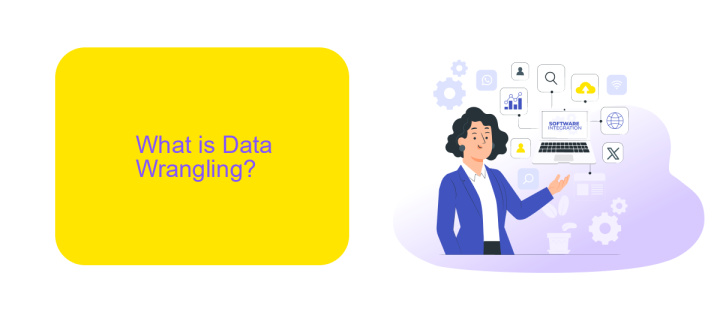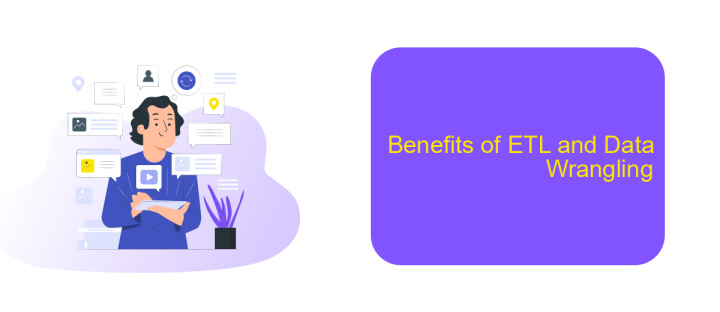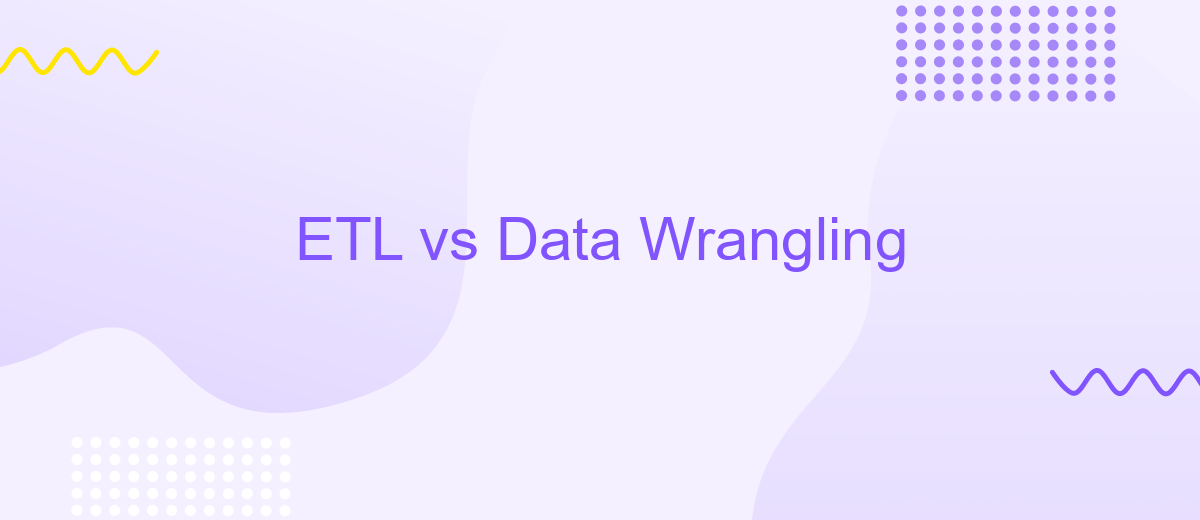ETL vs Data Wrangling
In the world of data management, ETL (Extract, Transform, Load) and data wrangling are two essential processes that facilitate the effective use of data. While both aim to prepare data for analysis, they serve different purposes and involve distinct methodologies. This article explores the key differences between ETL and data wrangling, helping you choose the right approach for your data needs.
What is ETL?
ETL, which stands for Extract, Transform, Load, is a data integration process used to collect data from various sources, transform it into a suitable format, and load it into a destination system. ETL is essential for data warehousing, business intelligence, and analytics, as it ensures that data is consistent, accurate, and ready for analysis.
- Extract: Data is collected from multiple sources, such as databases, APIs, and flat files.
- Transform: The extracted data is cleaned, enriched, and converted into a desired format.
- Load: The transformed data is loaded into a target system, such as a data warehouse or a data lake.
ETL processes can be complex, requiring robust tools and services to handle large volumes of data efficiently. Platforms like ApiX-Drive simplify the integration and automation of data workflows, allowing businesses to connect various data sources seamlessly. By utilizing such services, companies can enhance their ETL processes, ensuring data integrity and improving decision-making capabilities.
What is Data Wrangling?

Data wrangling, also known as data munging, is the process of cleaning, transforming, and organizing raw data into a structured and usable format. This crucial step in data analysis involves handling missing values, correcting inconsistencies, and reformatting data to make it compatible with analytical tools. Data wrangling is essential for ensuring data quality and reliability, which directly impacts the accuracy of any subsequent analysis or reporting.
In today's data-driven world, efficient data wrangling is facilitated by various tools and services. One such service is ApiX-Drive, which simplifies the integration and automation of data workflows. ApiX-Drive allows users to connect different applications and data sources, streamlining the process of data extraction and transformation. This not only saves time but also reduces the potential for errors, making it easier for businesses to harness the full potential of their data.
ETL vs Data Wrangling

ETL (Extract, Transform, Load) and Data Wrangling are two crucial processes in the data management landscape. ETL involves extracting data from various sources, transforming it into a suitable format, and loading it into a data warehouse or database. Data Wrangling, on the other hand, focuses on cleaning, structuring, and enriching raw data to make it more useful for analysis.
- ETL is typically a more structured and automated process, often involving scheduled jobs and predefined workflows.
- Data Wrangling is more manual and exploratory, requiring data scientists to iteratively clean and transform data.
- ETL is ideal for large-scale data integration, while Data Wrangling is better suited for ad-hoc analysis and smaller datasets.
For businesses looking to streamline their ETL processes, services like ApiX-Drive can be highly beneficial. ApiX-Drive offers automated data integration solutions, making it easier to connect various data sources and transform data efficiently. This allows organizations to focus more on analysis and decision-making rather than manual data handling.
Benefits of ETL and Data Wrangling

ETL (Extract, Transform, Load) and Data Wrangling are essential processes in data management that offer numerous benefits. ETL is primarily used to extract data from various sources, transform it into a suitable format, and load it into a data warehouse. This structured approach ensures data consistency, accuracy, and reliability, which are critical for making informed business decisions.
Data Wrangling, on the other hand, focuses on cleaning and unifying complex data sets for easier analysis. It is particularly useful for dealing with unstructured data, enabling data scientists to prepare data more efficiently for advanced analytics and machine learning models. Both processes are vital for maintaining high-quality data, which is the backbone of any data-driven organization.
- Improved data quality and consistency
- Enhanced decision-making capabilities
- Efficient handling of large volumes of data
- Streamlined data integration from multiple sources
Using services like ApiX-Drive can further enhance the efficiency of ETL and Data Wrangling processes by automating data integration from various platforms. This not only saves time but also reduces the risk of human error, ensuring that your data is always up-to-date and accurate.
- Automate the work of an online store or landing
- Empower through integration
- Don't spend money on programmers and integrators
- Save time by automating routine tasks
Conclusion
In summary, both ETL (Extract, Transform, Load) and Data Wrangling play crucial roles in data management and analytics. ETL is a more structured and systematic approach, ideal for handling large volumes of data from multiple sources, transforming it into a consistent format, and loading it into data warehouses for further analysis. On the other hand, Data Wrangling is more flexible and iterative, allowing data scientists and analysts to manipulate and clean data on-the-fly, making it suitable for exploratory data analysis and ad-hoc reporting.
Choosing between ETL and Data Wrangling depends largely on the specific needs of your project. For enterprises requiring robust, scalable, and repeatable data processes, ETL is often the preferred choice. For more dynamic and immediate data tasks, Data Wrangling provides the agility needed. In many cases, integrating both approaches can yield the best results. Tools like ApiX-Drive can facilitate seamless integration and automation of data workflows, ensuring that both ETL and Data Wrangling processes are efficiently managed and optimized.
FAQ
What is the main difference between ETL and Data Wrangling?
When should I use ETL over Data Wrangling?
Can ETL and Data Wrangling be used together?
What tools can help automate ETL and Data Wrangling processes?
Is coding required for ETL and Data Wrangling?
Apix-Drive is a simple and efficient system connector that will help you automate routine tasks and optimize business processes. You can save time and money, direct these resources to more important purposes. Test ApiX-Drive and make sure that this tool will relieve your employees and after 5 minutes of settings your business will start working faster.


